Race for cabinet election seats hots up
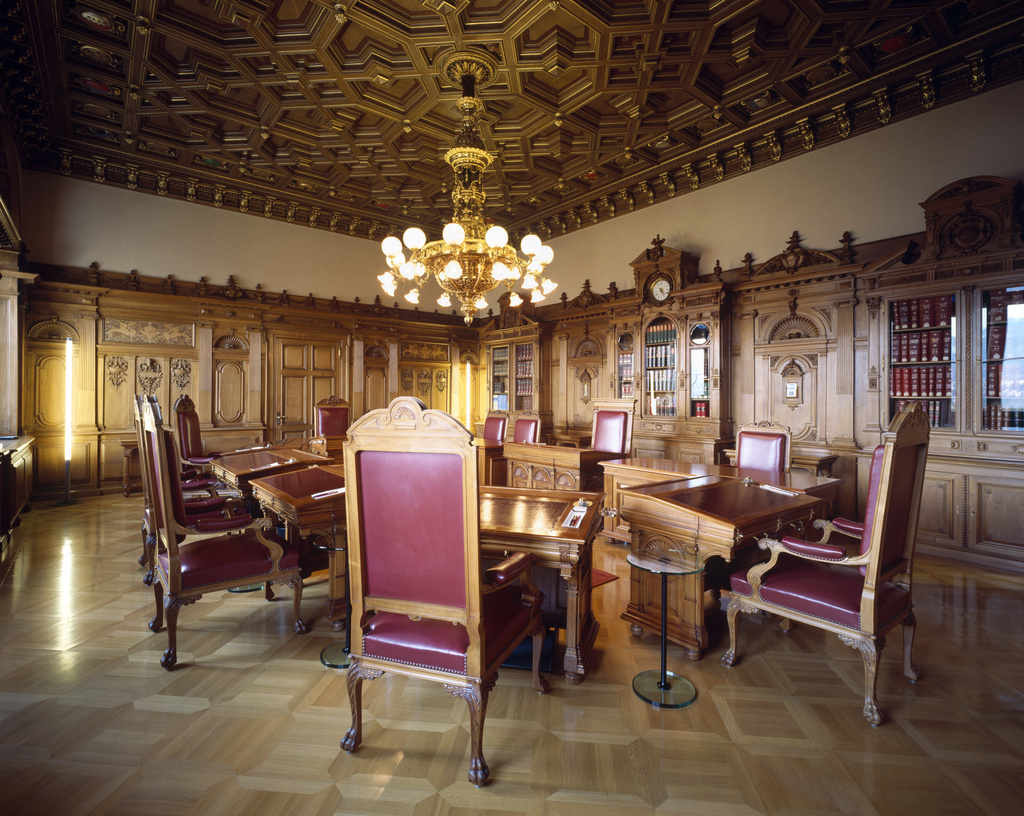
The race for the election of two cabinet members on September 22 has entered a crucial phase with the parties nominating their official candidates.
What might attract less attention in other countries is of major political and public interest in Switzerland. And for good reason: this is also a ballot about the government as a whole.
It is one of the particularities of Switzerland’s political system and never ceases to amaze foreign observers: The resignation of a minister from the seven-member multiparty executive triggers huge interest.
But the explanation is simple enough, says Michael Hermann of Zurich University.
“Elections for a cabinet seat are always partial elections for a head of government.”
Decisions by the cabinet are taken collectively and each of the seven members take turns in serving as presidents – a largely ceremonial role – for a year.
The current campaign is given additional weight as the government is made up of representatives of five different parties and not just one, but two seats are up for grabs.
The race is also fired up by fact that the entire cabinet will have to be voted in again in the wake of next year’s parliamentary elections.
Not to mention the fact that a long-standing formula to share out the seats among the main parties has lost some of its magic. It has made elections more unpredictable over the past few years.
Crucial hearings
Hermann, in line with most other experts and editorialists, sees no surprises in last Friday’s shortlist of candidates to succeed outgoing Transport Minister Moritz Leuenberger and Finance Minister Hans-Rudolf Merz.
The centre-left Social Democrats have put two women – Simonetta Sommaruga and Jacqueline Fehr – on their list.
The centre-right Radicals for their part nominated Johann Schneider-Ammann, a representative of the business community, as well as Karin Keller-Sutter, a member of a cantonal government.
She is incidentally also the only of the four hopefuls who is not a member of the national parliament.
Despite the apparent disadvantage Keller-Sutter has the potential to beat her main Radical party rival, according to Hermann.
“The hearings by other parties are crucial. A relatively little known candidate can convince the electoral body,” he says.
Surprises might also be helped by the fact that the ballot, held jointly by both chambers of parliament, is secret, giving members considerable freedom to make their choice.
Gender
The debate in the run-up to election day is expected to focus on gender and geographic origin of the candidates.
Hermann says he is still somewhat baffled by the prospect that Switzerland might soon have a majority female government.
“It is a big step for Switzerland which might join the Scandinavian countries with a female majority. No wonder this is causing a public debate,” he says.
Switzerland granted women suffrage only in 1971 and the first female cabinet member was elected to cabinet in 1984. For three years three women have now been sitting in the seven-member government.

More
Magic Formula
Storm in a teacup
But neither Hermann nor Pascal Sciarini, a political scientist at Geneva University, can comprehend public discussions, launched a few weeks ago, over concerns at having two members from the same canton in the cabinet.
What really counts is to ensure that candidates with the necessary qualifications are chosen and that voters can identify with them, both Hermann and Sciarini agree.
A clause which ruled out more than one cabinet member from the same canton in the government was abolished more than ten years ago.
Chances are the traditional federalist concerns will be overruled on September 22 as observers point out.
It is more likely that the cabinet will have two ministers originating from Zurich or Bern after the elections, than it is that the challengers of the rightwing Swiss People’s Party and the Green Party will create a major upset.
Urs Geiser, swissinfo.ch (With input from Sonia Fenazzi)
Swiss cabinet ministers do not answer to their parties and there is no possibility to impeach them.
They are free to choose the moment of their resignation themselves and they enjoy considerable autonomy in the cabinet.
The cabinet members have to be confirmed in their posts every four years in the wake of parliamentary elections.
The Swiss government consists of a cabinet made up of seven members.
Cabinet members are nominated by their parties, and are elected at a joint session of both chambers of parliament.
For 50 years cabinet posts were shared out among the four main parties, the Radicals, the Christian Democrats, the Social Democrats and the Swiss People’s Party.
The system of the so called Magic Formula was slightly changed in 2003 and a fifth party won a seat in 2007.
A fundamental tenet of the multiparty cabinet is the need to reach consensus and that decisions are taken collectively.
There is no prime minister. The position of president rotates among cabinet ministers every year.

In compliance with the JTI standards
More: SWI swissinfo.ch certified by the Journalism Trust Initiative


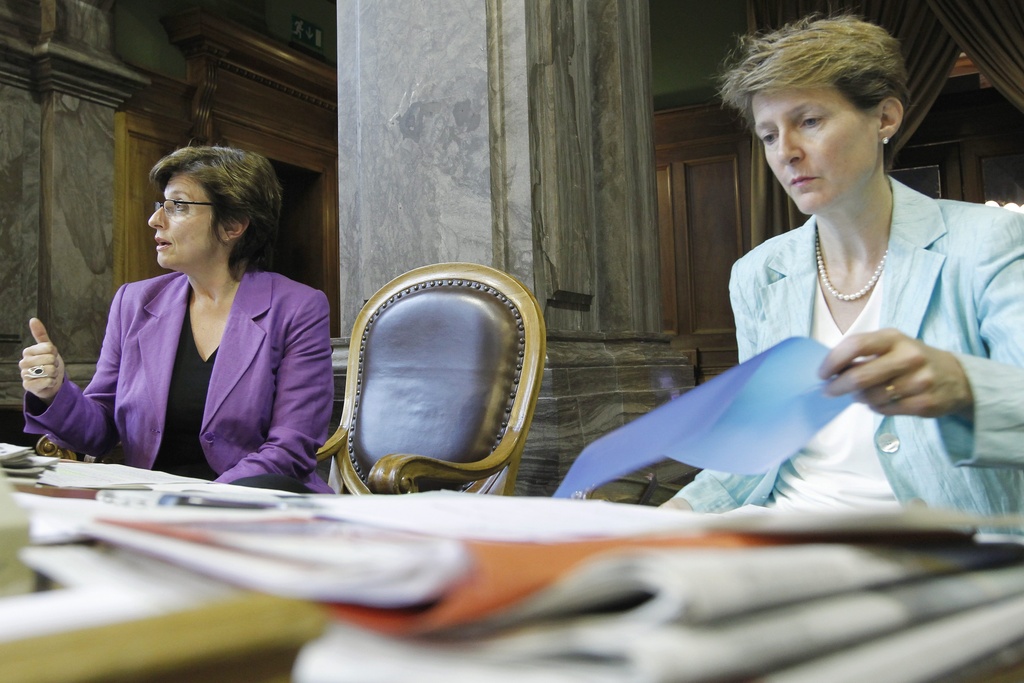
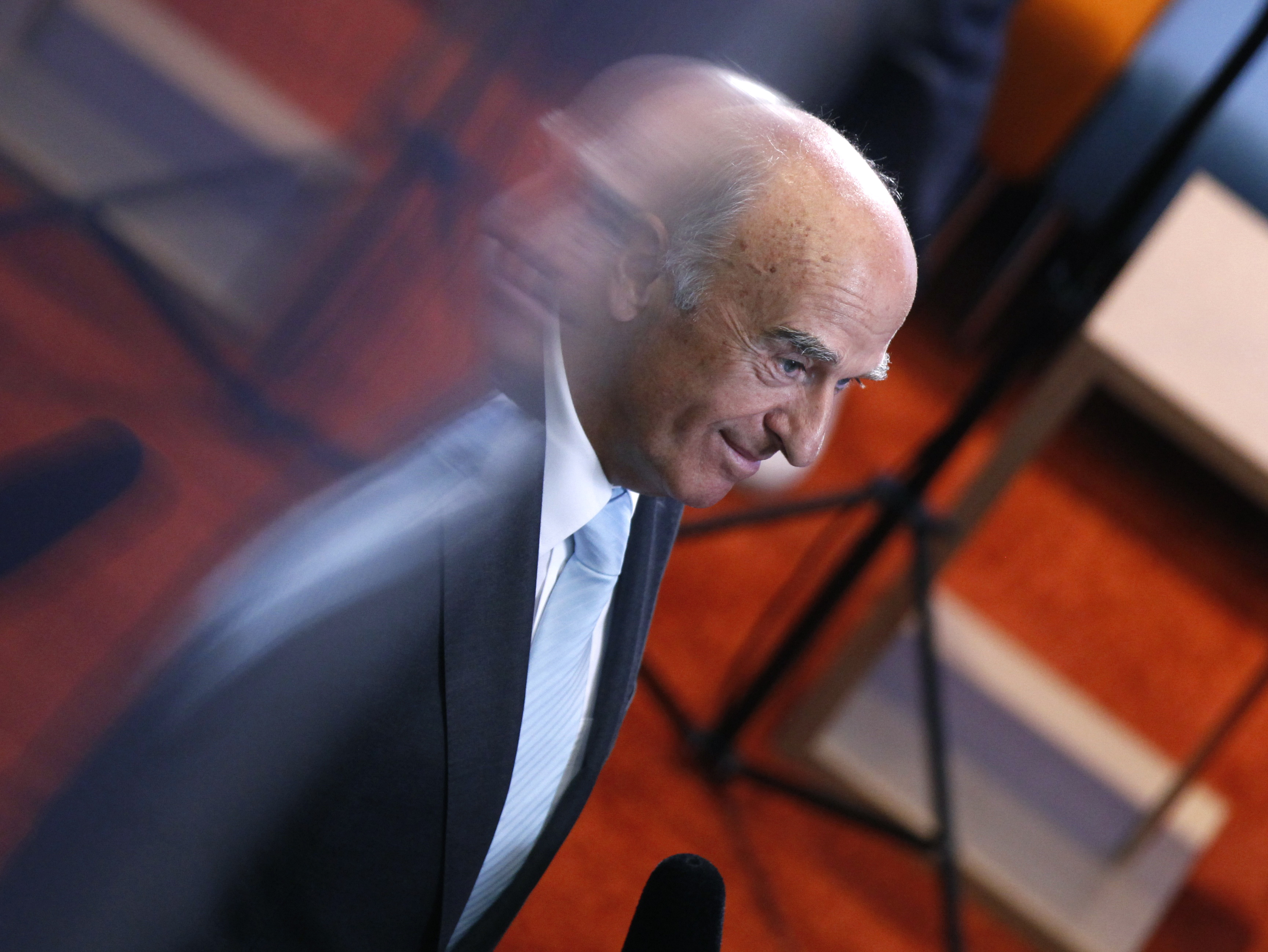
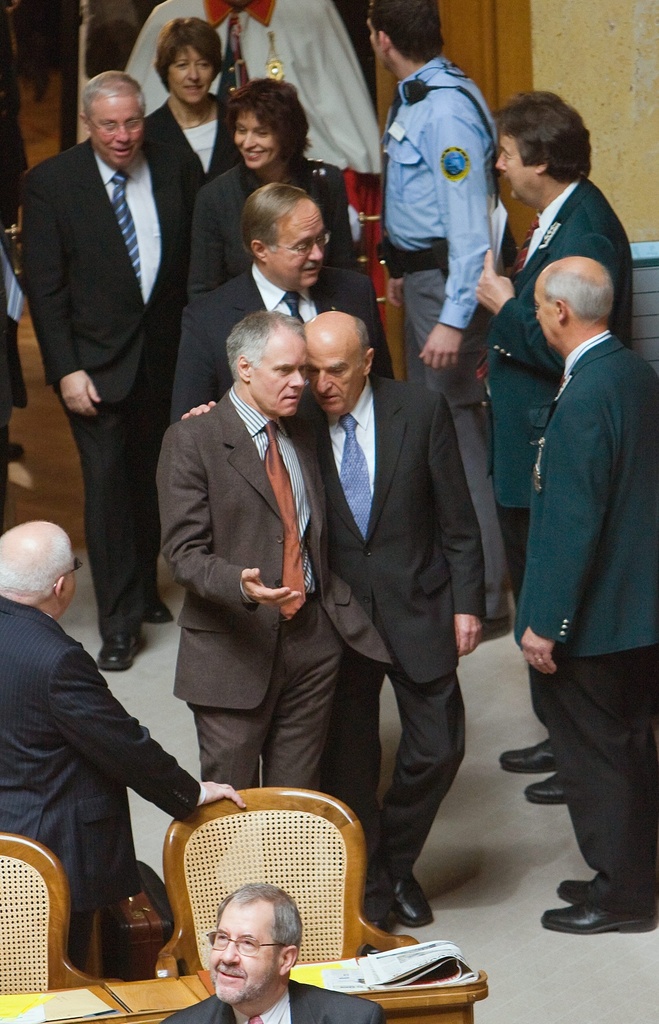
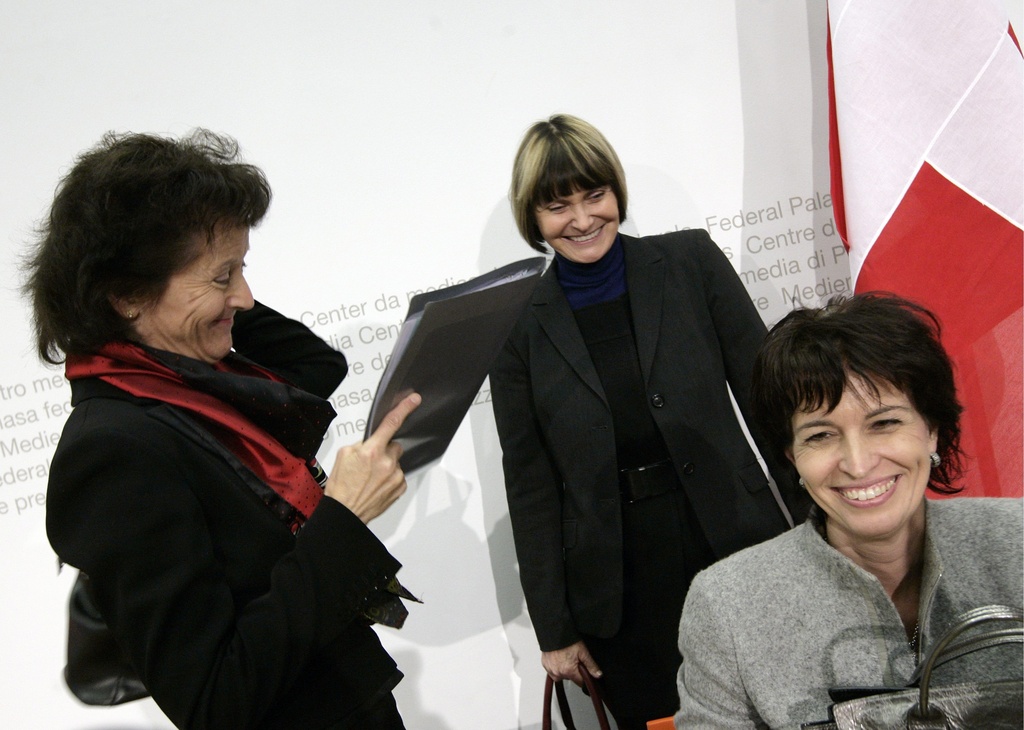
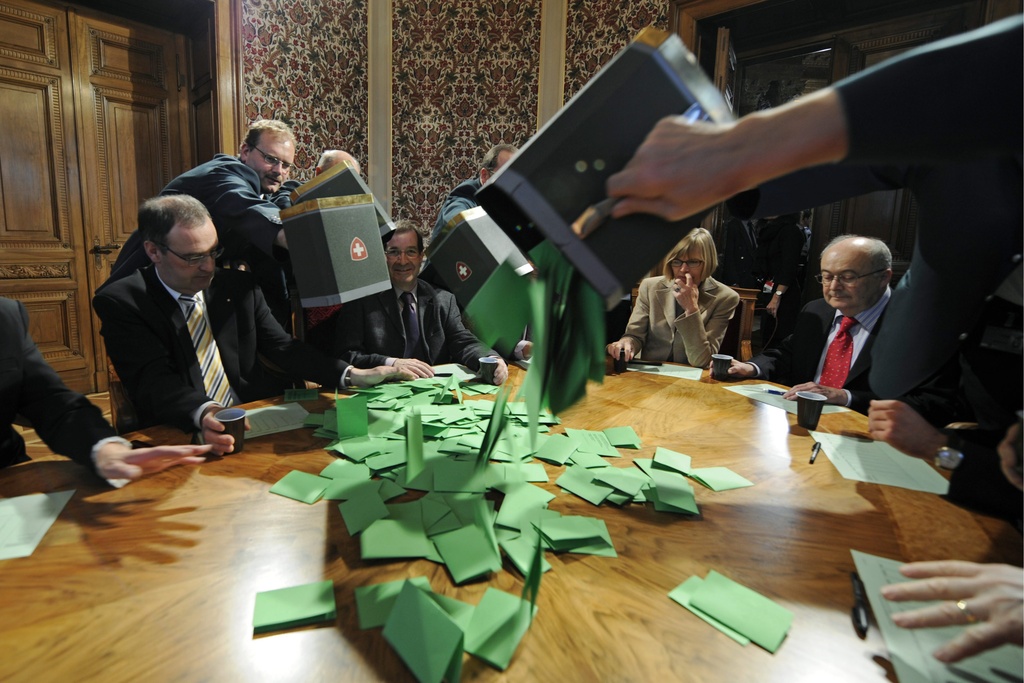
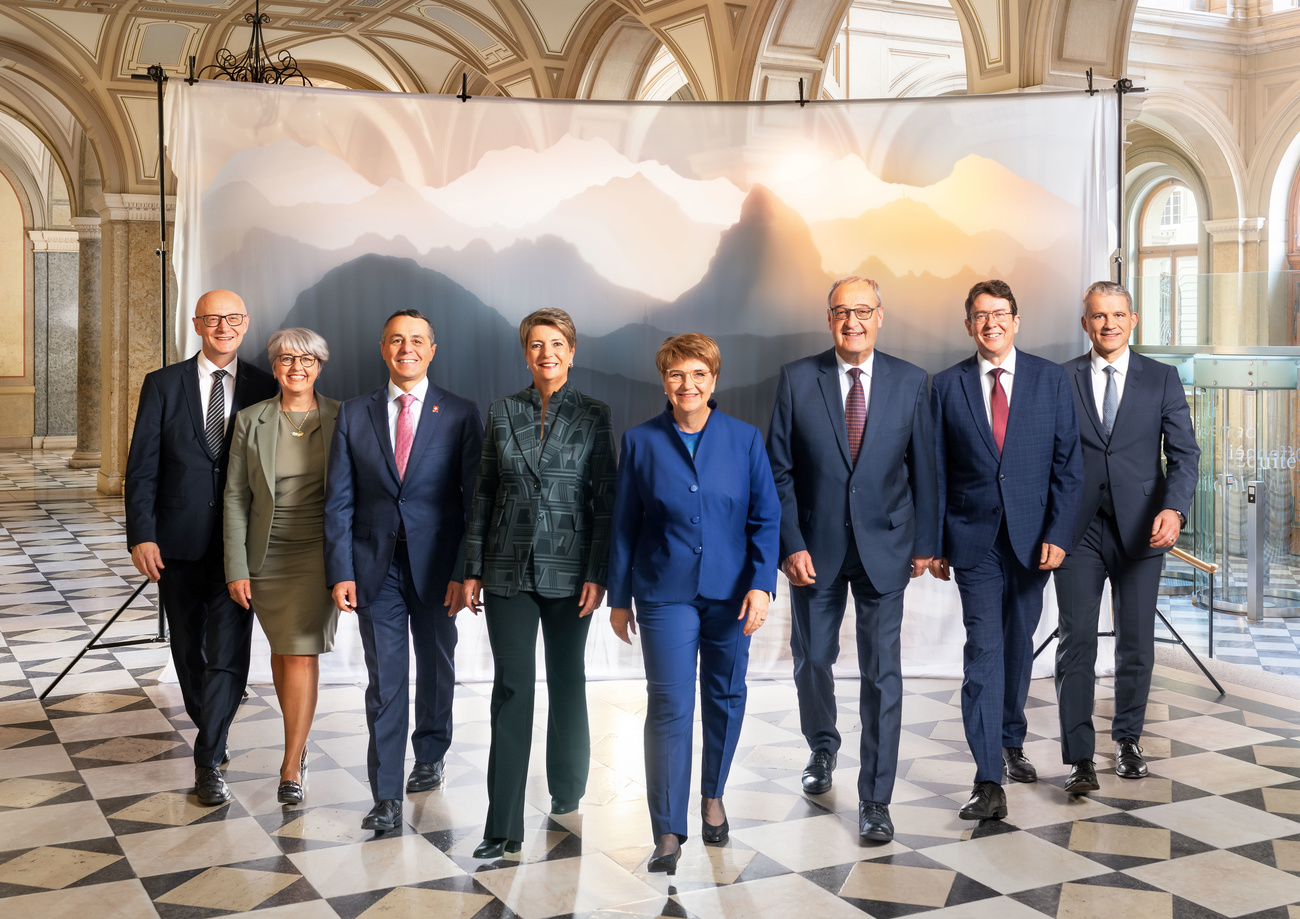
You can find an overview of ongoing debates with our journalists here. Please join us!
If you want to start a conversation about a topic raised in this article or want to report factual errors, email us at english@swissinfo.ch.